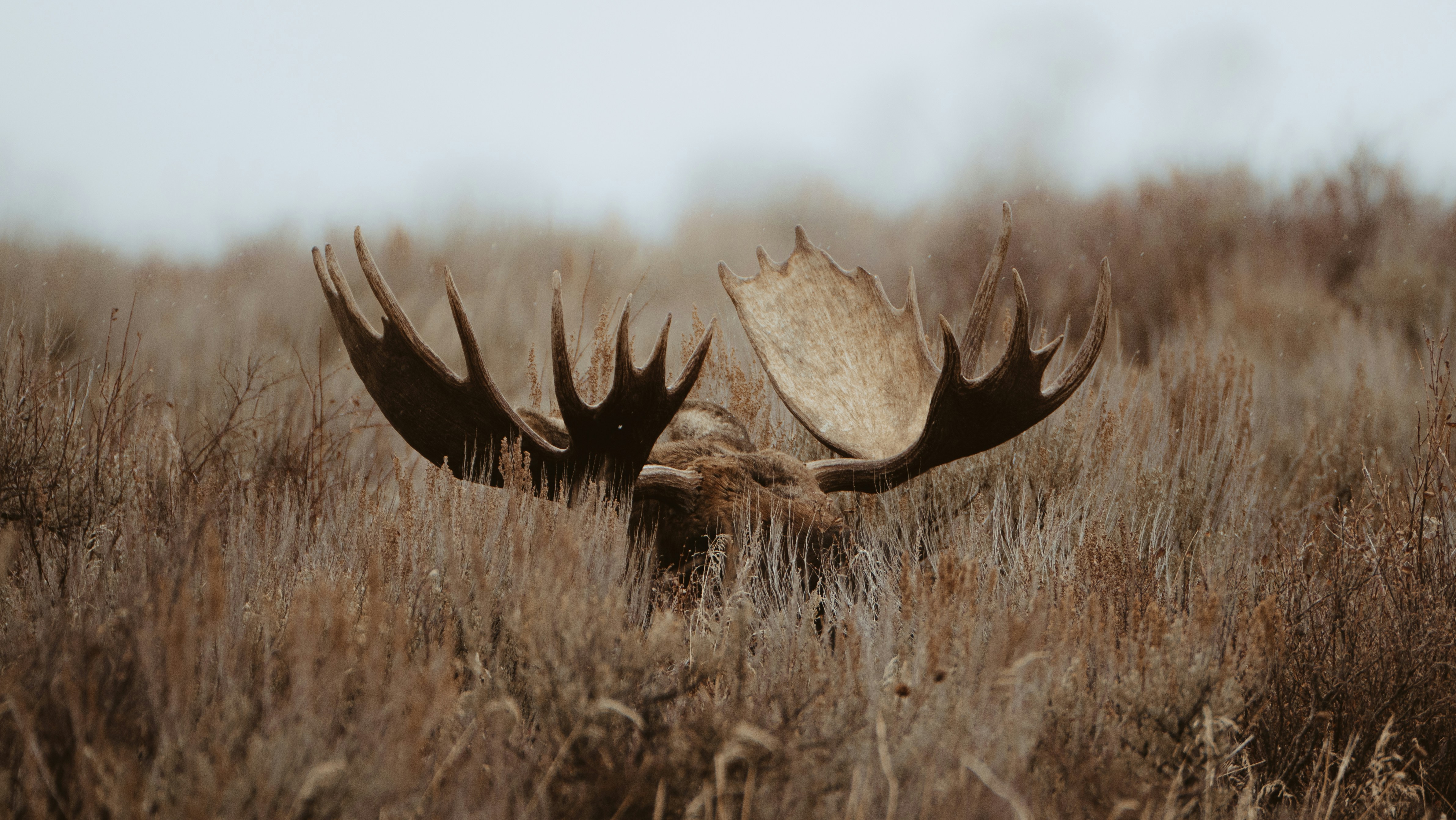Innovative Technologies Elevating Wildlife Conservation Strategies
In recent years, a wave of advanced technologies has taken hold of the field of wildlife conservation, marking an exciting era for the preservation of our diverse ecosystems. Ranging from drone usage to advanced tracking techniques, these developments are offering hope amidst the doom and gloom of environmental crises. This piece dives into background, significance, and recent advancements in this realm, thereby shedding light on how we are leveraging technology to secure the survival of various species.
A Nod to the Past
Wildlife conservation, while a relatively modern formal discipline, has roots that stretch into antiquity when early humans began practicing sustainable harvesting and hunting. Over time, the necessity to regulate and manage wildlife for the survival of species became more evident, giving rise to numerous laws and restrictions on hunting.
Fast forward to the 20th century when conservation took on a new level of importance in response to escalating environmental concerns. Global organizations were founded, sanctuaries established, and worldwide legislation put into place all with a common objective—to secure the existence of our world’s impressive assortment of species.
The Tipping Point and Technological Intervention
Recent decades have seen a rapid rise in global environmental issues, from deforestation and climate change, propelling wildlife conservation into the limelight. As more species teeter on the brink of extinction, the urgency for steadfast conservation efforts has never been higher.
This urgency has driven the adoption of technology within the wildlife conservation community. While initially technology may not seem to go hand-in-hand with nature, countless campaigns have proven otherwise. Combining traditional conservation principles with cutting-edge tech offers unexplored avenues to protect wildlife.
The Dawn of the Drone Era
Arguably, one of the most revolutionary tools in recent years is the drone. In the context of wildlife conservation, drones offer numerous advantages over human-based efforts. They can cover extensive, inaccessible terrain quickly; capture high-resolution imagery that can be used to identify wildlife populations or signs of poaching; and quickly deter illegal activities through their mere presence.
The use of drones is not without controversy, however. Concerns around animal stress and impact on natural behavior have led to strict protocols regarding their frequency and manner of use. Nevertheless, when used responsibly, drones are playing a significant role in contemporary conservation efforts.
Advancements in Animal Tracking
Tracking animals is crucial in understanding their behaviors, routes, and reactions to environmental changes. Technological advancements have introduced GPS collars, satellite tags, and wearable biosensors that have significantly elevated tracking efforts.
These devices offer scientists real-time data about animal movements, interactions, and even their health status. Such information allows for the design of more effective, individualized conservation strategies, aiming at both group and individual level protection.
Financial Impact
Let’s touch upon the financial aspect of these technologies. While the initial investment in equipment like drones or GPS devices can be significant, they often repay their worth through the breadth and depth of the data collected.
The market for drones alone is projected to reach around $1.2 billion by 2025 within the environmental sector, and tracking technologies are increasingly becoming more affordable and scalable, pushing the economic barrier lower.
Future Outlook
Technological innovation in wildlife conservation is still relatively early in its journey. The potential for further advancements is vast, from enhancing existing tools—like drones and tracking devices—to exploring the role of AI in data analysis.
By embracing this technological revolution, the potential to mitigate harmful human impact and preserve our world’s biodiversity is immensely exciting. A harmonious fusion of tech and conservation could very well be the answer to the pressing environmental dilemmas we face today, securing the existence of precious wildlife for generations to come.





